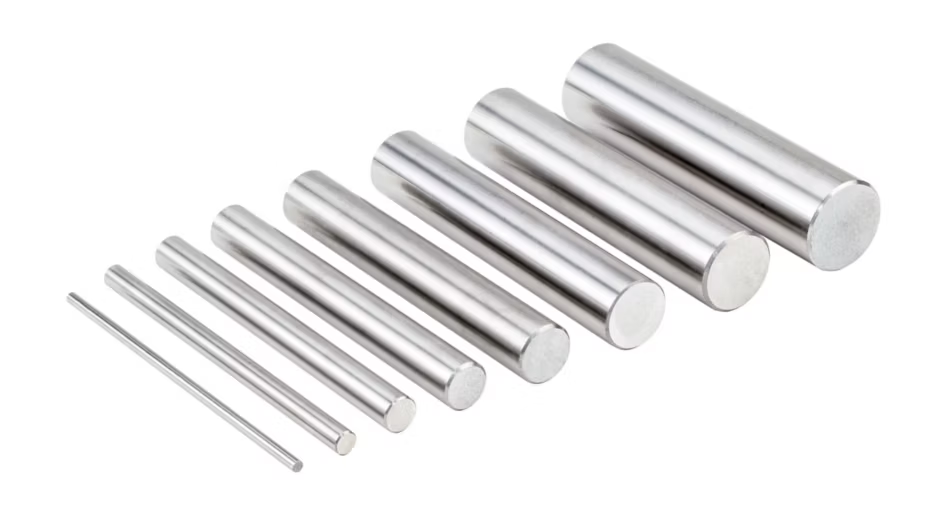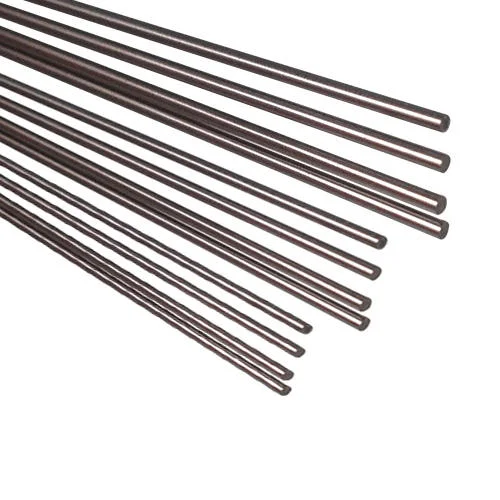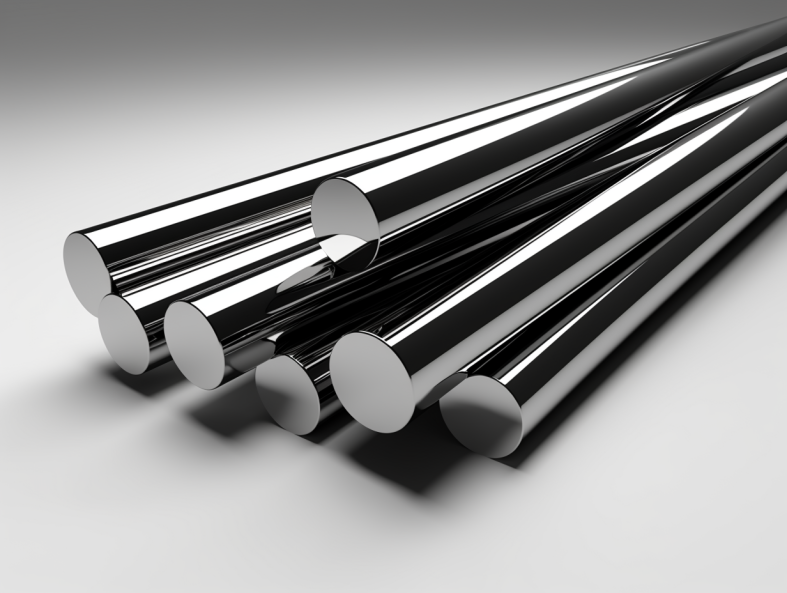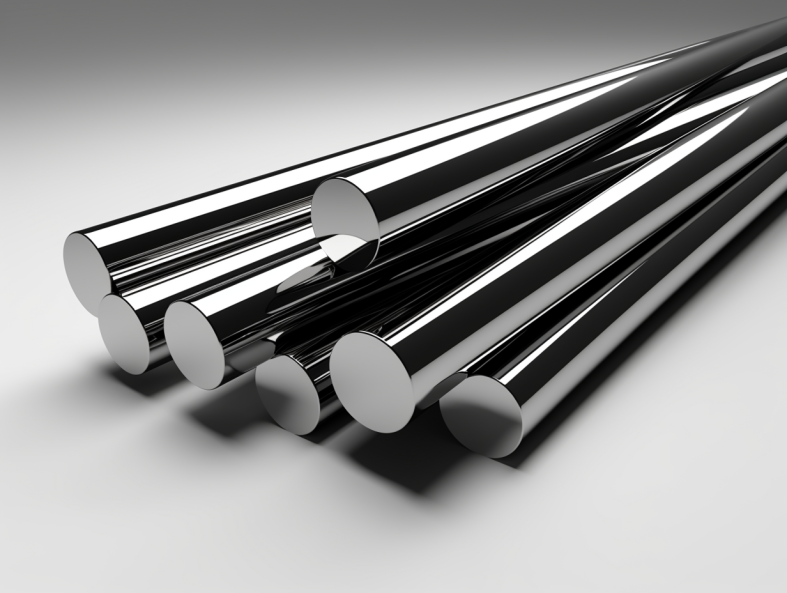Overview
Finding the right helix passage carbide blank supplier can be a daunting task, given the technical complexities and specific requirements involved. Whether you’re an engineer, a procurement specialist, or someone dabbling in metalworks, understanding the nuances of helix passage carbide blanks is crucial for making informed decisions. This guide aims to simplify the process by breaking down the key details, from types and applications to material properties and supplier comparisons.
Understanding Helix Passage Carbide Blanks
Helix passage carbide blanks are specialized materials used in various industrial applications, known for their exceptional hardness, strength, and wear resistance. They are primarily utilized in the manufacturing of cutting tools, wear parts, and other high-stress components. Their unique composition, involving tungsten carbide and cobalt, ensures durability and efficiency in demanding environments.
Types of Helix Passage Carbide Blanks
| Type | Description |
|---|---|
| Solid Carbide | Made entirely of carbide, offering maximum hardness and wear resistance. Ideal for cutting tools. |
| Steel-Backed Carbide | Combines a steel backing with a carbide layer, providing a balance of strength and cost-effectiveness. |
| Cermet | A composite material composed of ceramic and metal, offering a unique balance of toughness and hardness. |
| Micro-Grain Carbide | Features finer carbide particles for improved wear resistance and surface finish. |
| Sub-Micron Carbide | Contains even smaller carbide particles for superior hardness and edge retention. |

Applications of Helix Passage Carbide Blanks
| Application | Description |
|---|---|
| Cutting Tools | Used in drills, end mills, and inserts for machining metals, plastics, and composites. |
| Wear Parts | Employed in high-wear environments like mining, oil and gas, and metal forming. |
| Punches and Dies | Essential for stamping and forming operations in various industries. |
| Rotary Tools | Used in deburring, grinding, and polishing applications. |
| Aerospace Components | Utilized in high-stress aerospace parts requiring exceptional strength and durability. |
Material Properties of Helix Passage Carbide Blanks
| Property | Description |
|---|---|
| Hardness | Typically measured in Rockwell or Vickers scale, indicating the material’s resistance to deformation. |
| Strength | Represents the material’s ability to withstand mechanical stresses without failure. |
| Toughness | Indicates the ability to absorb energy and plastically deform without fracturing. |
| Wear Resistance | The capability to resist abrasive wear and maintain performance over time. |
Composition and Characteristics
| Component | Percentage | Characteristics |
|---|---|---|
| Tungsten Carbide (WC) | 70-94% | Provides hardness and wear resistance. |
| Cobalt (Co) | 6-30% | Acts as a binder, giving toughness and strength. |
| Titanium Carbide (TiC) | Up to 10% | Enhances hardness and high-temperature stability. |
| Tantalum Carbide (TaC) | Up to 5% | Improves toughness and corrosion resistance. |
Hardness, Strength, and Wear Resistance
| Material Type | Hardness (HV) | Compressive Strength (MPa) | Wear Resistance |
|---|---|---|---|
| Solid Carbide | 1800-2200 | 4000-7000 | Excellent |
| Steel-Backed Carbide | 1500-1800 | 3000-5000 | Very Good |
| Cermet | 1700-1900 | 3500-5500 | Very Good |
| Micro-Grain Carbide | 1900-2300 | 4500-7500 | Excellent |
| Sub-Micron Carbide | 2200-2500 | 5000-8000 | Superior |






Specifications, Sizes, Shapes, and Standards
| Specification | Details |
|---|---|
| Sizes | Available in various diameters, lengths, and thicknesses to suit different applications. |
| Shapes | Round, square, rectangular, and custom shapes as per requirements. |
| Standards | Complies with ISO, ANSI, and DIN standards for consistency and quality assurance. |
Suppliers and Pricing Details
| Supplier | Location | Product Range | Pricing |
|---|---|---|---|
| XYZ Carbide Co. | USA | Wide range of carbide blanks | Competitive, bulk discounts available |
| ABC Industrial | Germany | High-quality micro-grain carbide | Mid-range, custom orders welcomed |
| Helix Carbide Solutions | China | Solid and steel-backed carbide | Economical, large volume deals |
| Precision Metals | Japan | Specialized in sub-micron carbide | Premium, quality guaranteed |
| Global Carbide Inc. | UK | Diverse product offerings | Variable, based on order size |
Selecting the Right Helix Passage Carbide Blank
| Criteria | Considerations |
|---|---|
| Application | Identify the specific use case to select the appropriate type and material properties. |
| Material Properties | Evaluate hardness, strength, and wear resistance based on application requirements. |
| Size and Shape | Ensure compatibility with the intended application, considering dimensions and geometry. |
| Supplier Reliability | Check supplier reputation, quality certifications, and customer reviews. |
| Cost | Balance between budget constraints and required material performance. |
Advantages and Limitations
| Material Type | Advantages | Limitations |
|---|---|---|
| Solid Carbide | Superior hardness and wear resistance. Ideal for high-stress applications. | Can be brittle and expensive compared to other types. |
| Steel-Backed Carbide | Cost-effective, good balance of strength and toughness. | Slightly lower hardness and wear resistance. |
| Cermet | Combines toughness of metals with hardness of ceramics. | May not offer the same level of wear resistance as pure carbide. |
| Micro-Grain Carbide | Enhanced wear resistance and surface finish. | Higher cost due to finer grain structure. |
| Sub-Micron Carbide | Outstanding hardness and edge retention. | Typically the most expensive option. |

FAQs
| Question | Answer |
|---|---|
| What are helix passage carbide blanks used for? | Primarily used in cutting tools, wear parts, and high-stress industrial applications. |
| Why is tungsten carbide preferred for these blanks? | Tungsten carbide offers superior hardness, strength, and wear resistance compared to other materials. |
| How do I choose the right supplier? | Evaluate based on product range, pricing, supplier reliability, and material properties suitable for your application. |
| What are the benefits of micro-grain carbide? | Provides enhanced wear resistance, better surface finish, and longer tool life. |
| Are there different grades of carbide blanks? | Yes, grades vary based on composition and grain size, affecting hardness, toughness, and wear resistance. |
| How does cobalt content affect carbide blanks? | Higher cobalt content increases toughness but may reduce hardness and wear resistance. |
| Can carbide blanks be customized? | Many suppliers offer custom sizes and shapes to meet specific application requirements. |
| What standards should carbide blanks comply with? | Look for compliance with ISO, ANSI, and DIN standards to ensure quality and consistency. |
| How are carbide blanks priced? | Pricing varies based on type, size, material properties, and order volume. |
Conclusion
Choosing the right helix passage carbide blank supplier involves a comprehensive understanding of the types, applications, and material properties of these specialized components. By considering factors such as application needs, material properties, supplier reliability, and cost, you can make informed decisions that enhance the performance and efficiency of your industrial processes. Remember, the right carbide blank can significantly impact your project’s success, so take the time to evaluate your options thoroughly.




